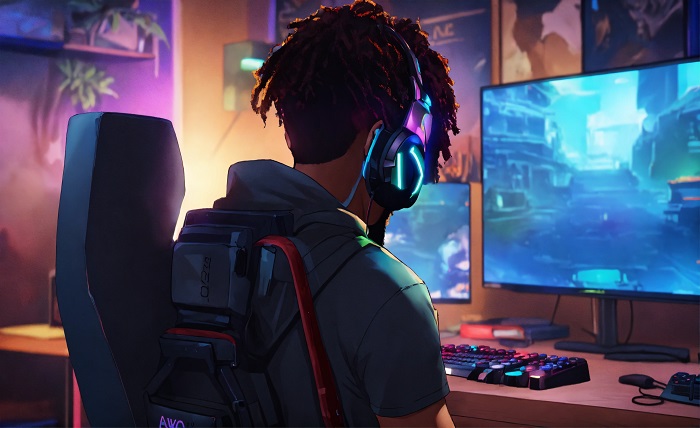The online gaming industry has seen tremendous growth over the past decade, but few innovations have been as game-changing as the rise of cross-platform play. Once a technical dream and business hurdle, cross-platform online games are now rapidly becoming the norm—and for good reason. They provide players with more freedom, enhance social connectivity, and create stronger, more sustainable gaming communities.
In this blog, we’ll explore why cross-platform online games are the future and what this trend means for players and developers alike.
Breaking Down Platform Barriers
Traditionally, gamers were limited to playing only with others who used the same platform—PC with PC, PlayStation with PlayStation, and so on. Cross-platform functionality eliminates these restrictions, allowing players from different devices to interact, compete, and cooperate in real-time. Whether you’re gaming on a PC, console, tablet, or mobile phone, you can now connect seamlessly with friends regardless of their setup.
This shift represents a massive step toward inclusivity, removing long-standing barriers and enabling a more unified gaming experience.
Enhancing Player Communities
Cross-platform support helps games build larger, more vibrant communities. Instead of splitting the user base by platform, developers can maintain a single, unified ecosystem. This leads to faster matchmaking, livelier servers, and more active in-game economies.
Games like Fortnite, Minecraft, and Call of Duty: Warzone have shown how cross-platform play can strengthen a title’s longevity by keeping players engaged and connected across devices.
Competitive Fairness and Customization
One of the early concerns about cross-platform gaming was balancing input methods, especially in competitive settings. However, developers have addressed this by offering optional input-based matchmaking. For example, controller players can choose to play only with others using controllers, while mouse-and-keyboard users can do the same.
Cross-platform gaming also supports cloud saves and shared progression, which means players can switch devices without losing progress. This flexibility allows gamers to play how and where they want—without compromise.
Convenience and Flexibility
Modern gamers value convenience. Cross-platform functionality lets users start a game on one device and continue on another, thanks to cloud saves and synchronized profiles. Whether it’s continuing a mission on your mobile phone or switching to a high-powered PC for competitive play, the freedom to move between platforms fits today’s on-the-go lifestyle.
This level of flexibility is particularly appealing to casual players who may not own dedicated gaming hardware but still want to enjoy full-featured multiplayer games.
Developer and Industry Benefits
From a developer’s perspective, cross-platform development expands the potential user base and maximizes revenue opportunities. It also encourages longer engagement by allowing players to stay active regardless of their primary device.
Industry-wide, the shift toward cross-platform compatibility is influencing game design, monetization strategies, and even how studios choose to publish content. It promotes ecosystem-agnostic gaming, where content is king and access is universal.
Even platforms like qq online and growing digital ecosystems such as postogel are beginning to embrace cross-platform strategies to meet user demands and remain competitive in a global market.
Conclusion
Cross-platform gaming is no longer a luxury—it’s an expectation. As technology advances and player preferences evolve, the ability to play across devices is becoming a core feature for any successful online game. It fosters inclusivity, enhances player retention, and aligns with the digital habits of today’s gamers.
Looking ahead, developers who prioritize cross-platform support will lead the way in building the next generation of global gaming communities. The future of online gaming is connected—and cross-platform is at the heart of it.
